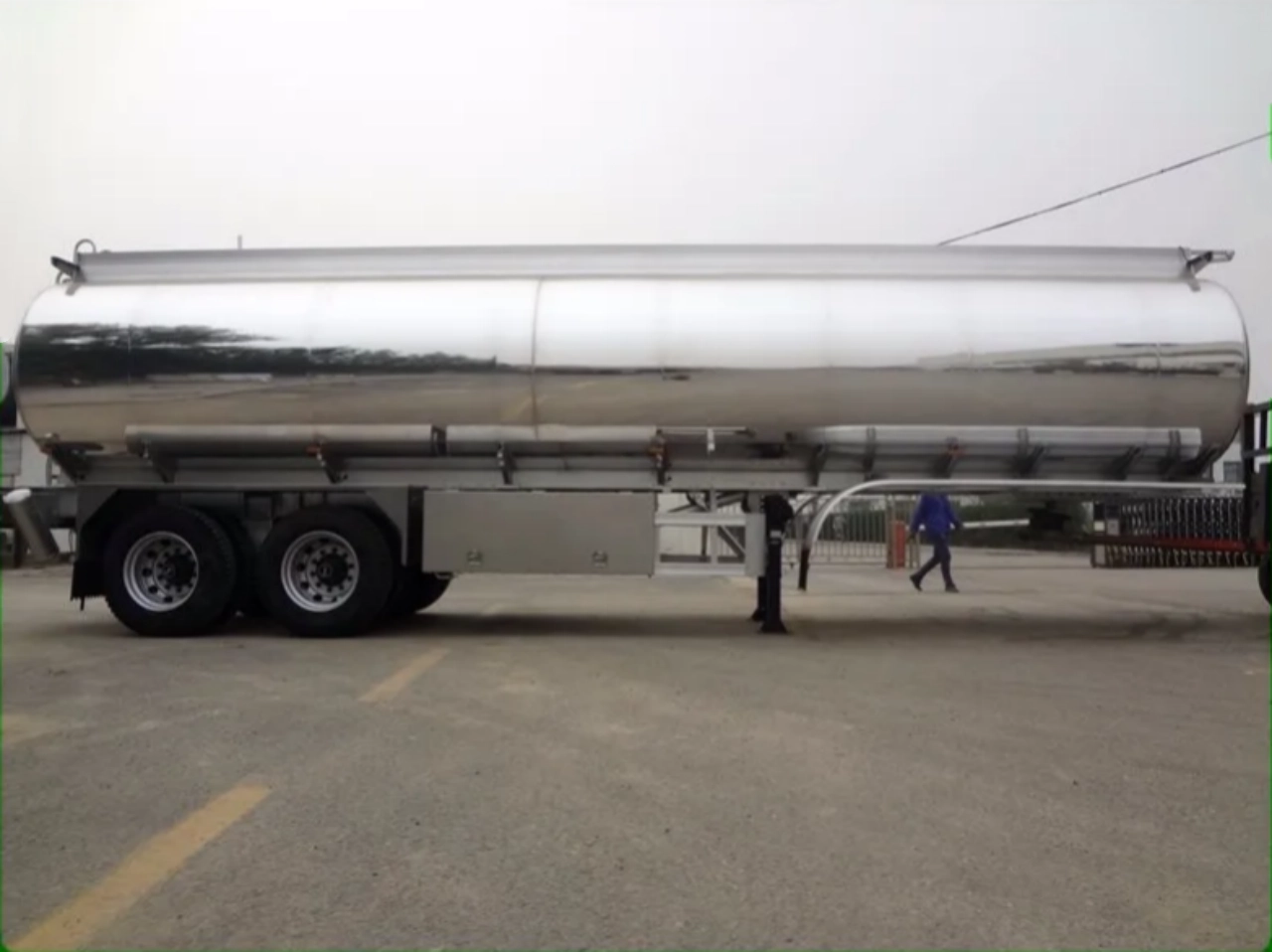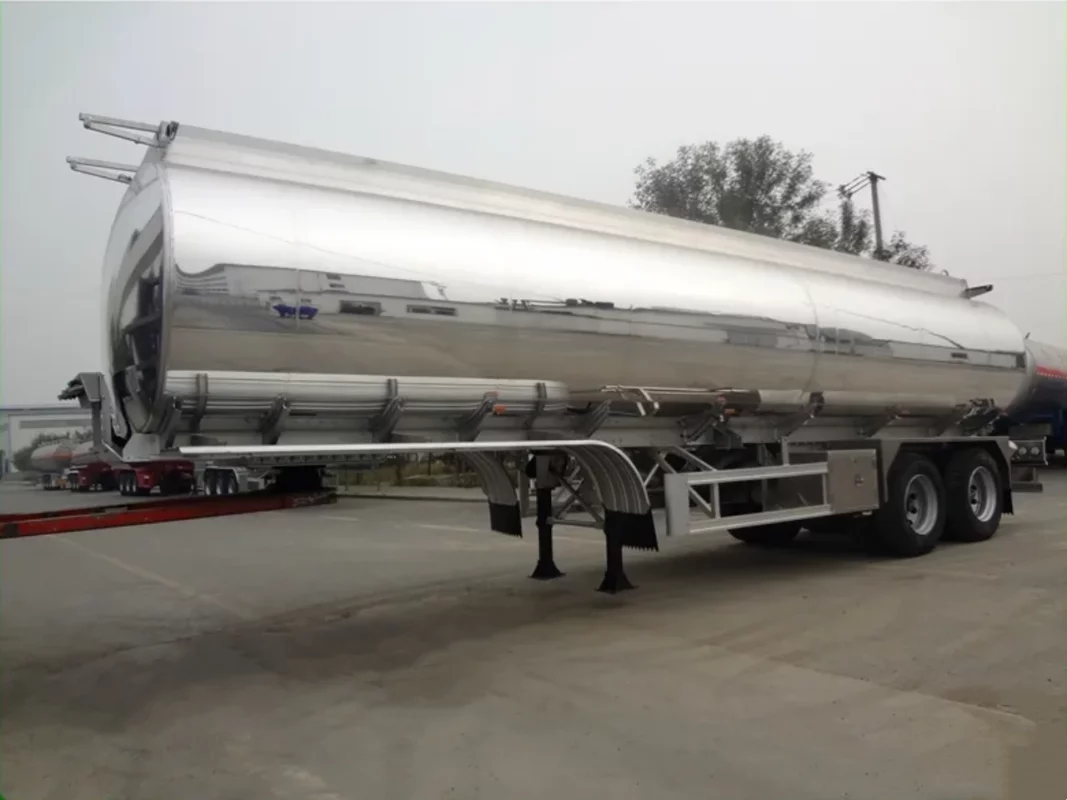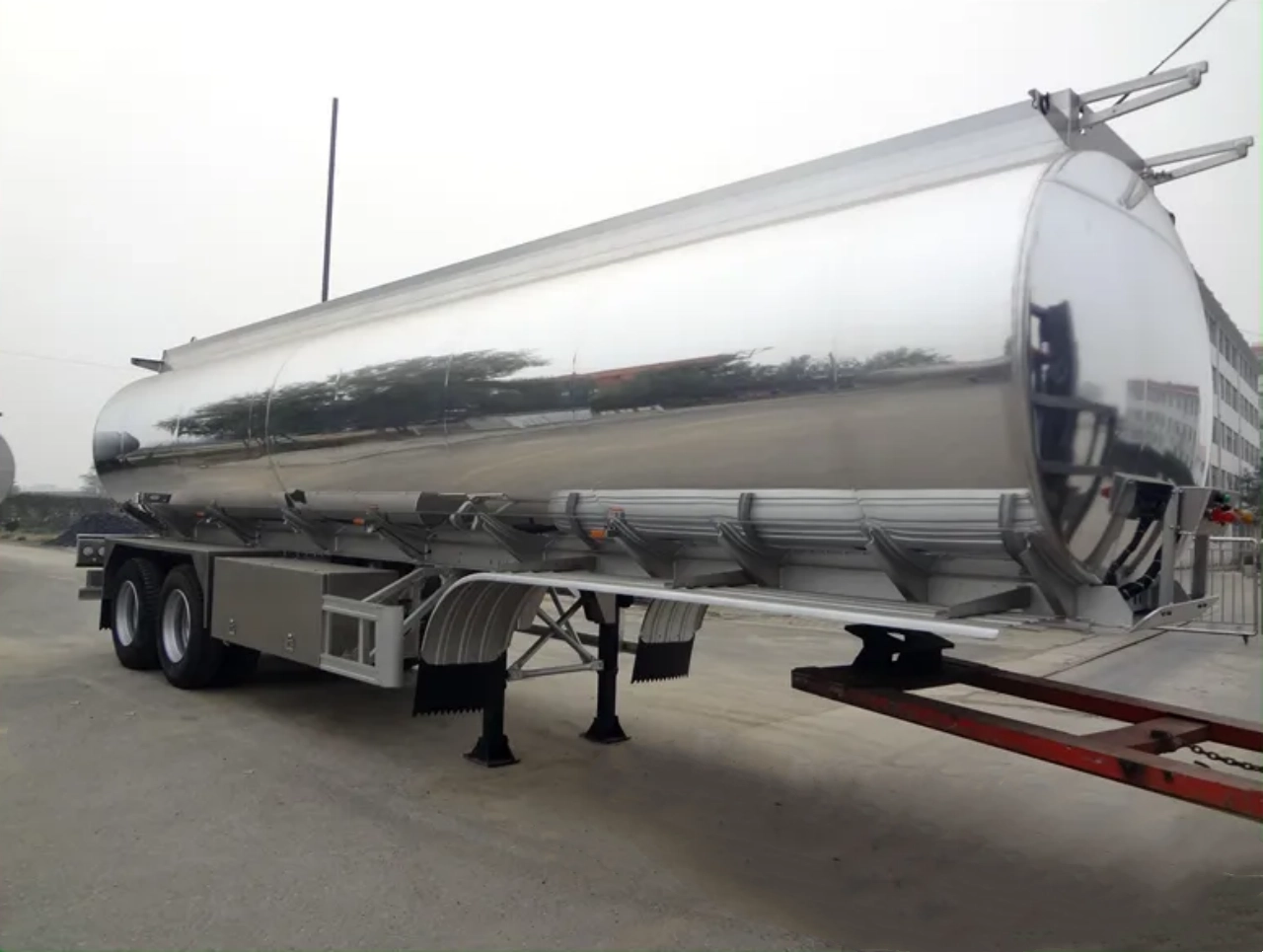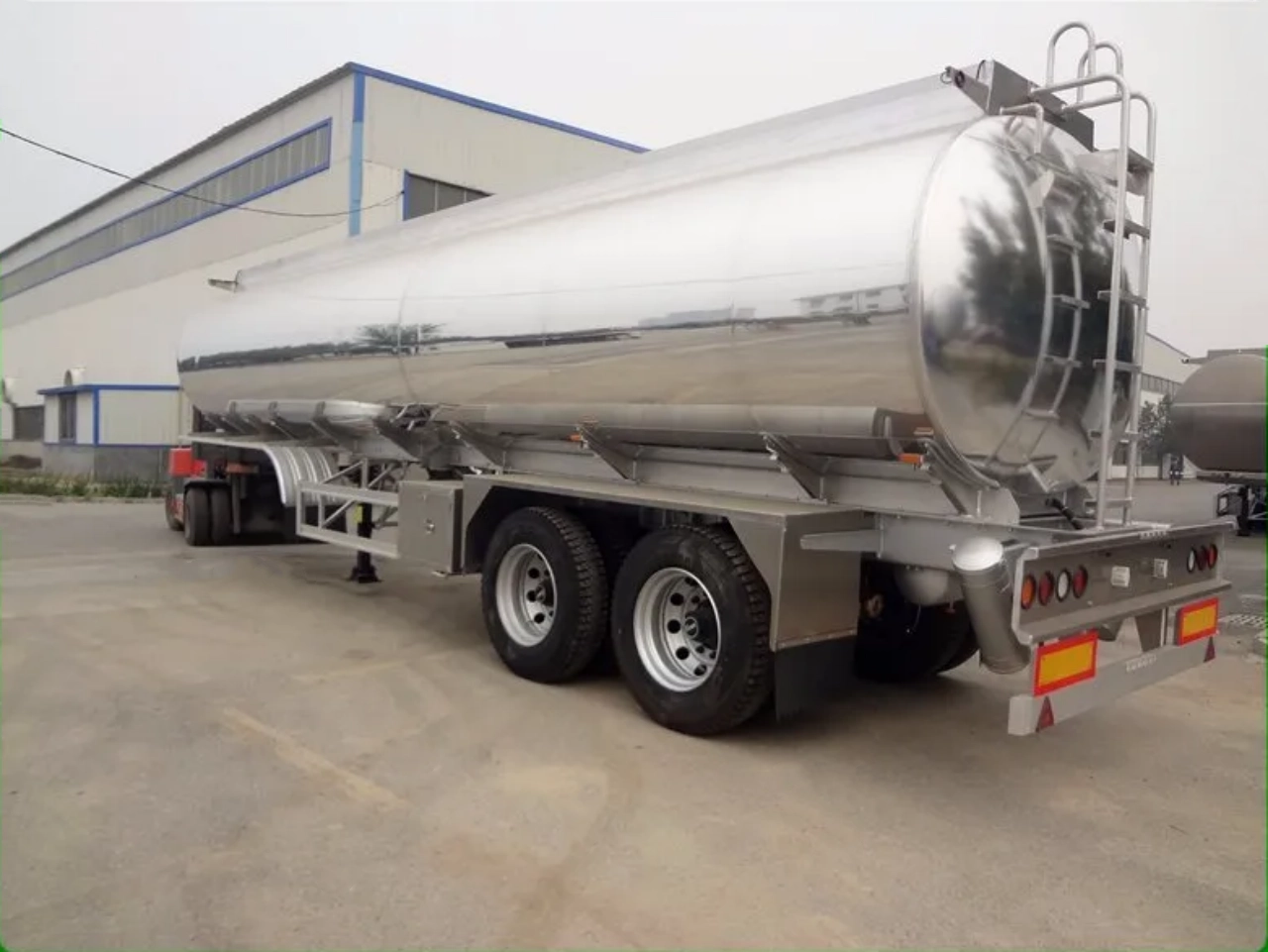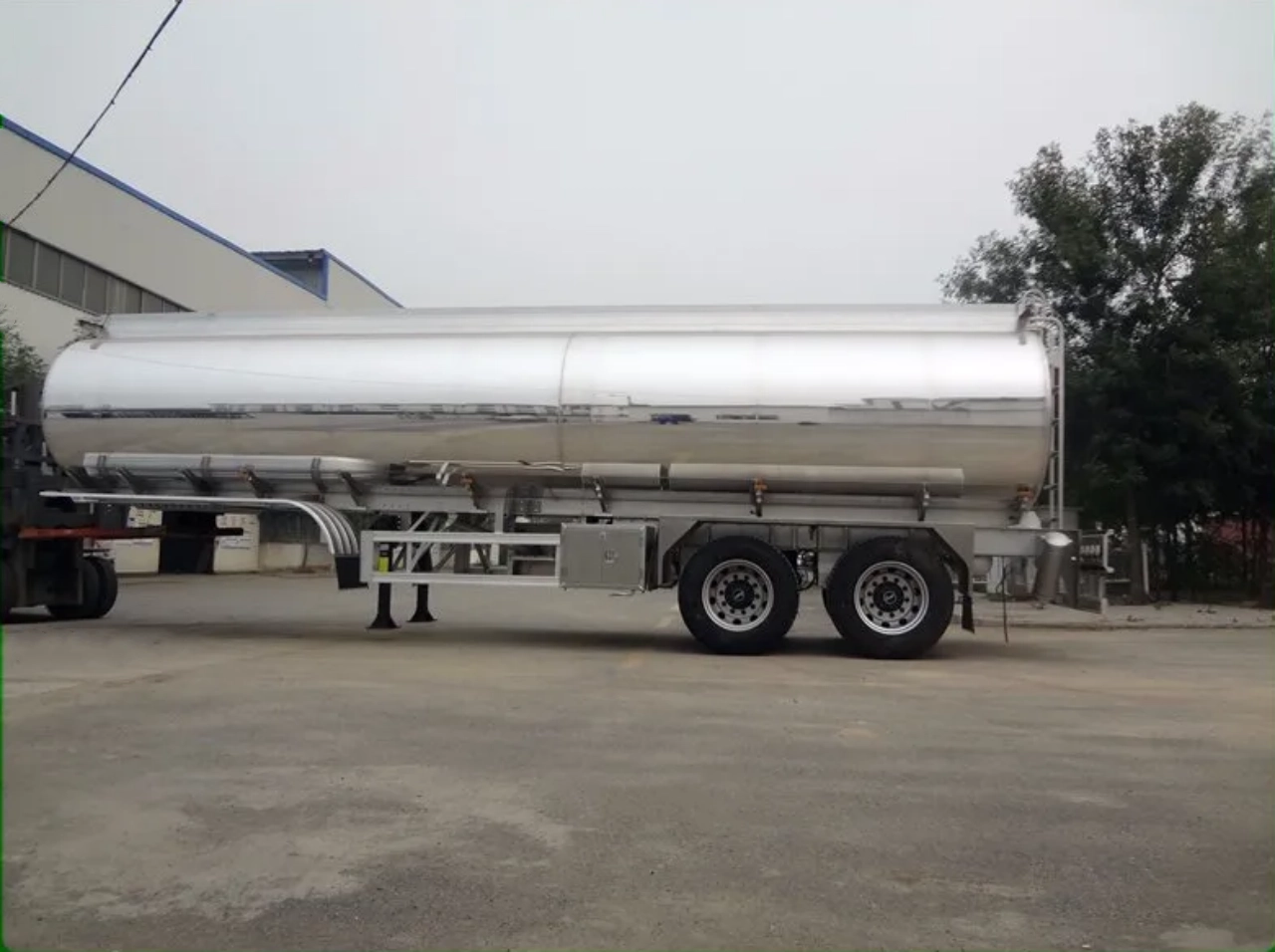Water trailers are indispensable tools in agriculture, construction, firefighting, landscaping, and emergency response. Their main function is to transport and dispense water in locations that may not have easy access to a pressurized water supply. One of the most commonly asked questions about these units is: “What is the capacity of a water trailer?” The answer to this question is not one-size-fits-all, as water trailers come in a wide variety of sizes, each suited to specific tasks and industries.
Understanding Water Trailer Capacity
The capacity of a water trailer refers to the volume of water that the trailer can carry in a single load. This capacity is typically measured in gallons in the United States and liters in other parts of the world. The range can be as small as 100 gallons (around 378 liters) for portable models to over 10,000 gallons (around 37,850 liters) for large industrial or agricultural applications.
The appropriate capacity depends on several factors, including:
- Intended use
- Towing capacity of the vehicle
- Terrain and accessibility
- Frequency of use
- Water source and refill availability
Common Water Trailer Sizes
Below are the most common water trailer sizes, broken down by general application:
1. Small Water Trailers (100 – 500 gallons)
These are often used for residential, landscaping, or light agricultural purposes. They are typically mounted on single-axle trailers and can be towed by smaller vehicles such as pickup trucks or utility terrain vehicles (UTVs).
- Uses: Irrigation of small gardens, dust control on driveways, tree watering, and pressure washing.
- Pros: Easy to maneuver, lightweight, and more affordable.
- Cons: Limited capacity means frequent refills for larger jobs.
2. Medium Water Trailers (500 – 1,000 gallons)
Mid-size water trailers are a popular choice for construction companies, municipal departments, and medium-sized farms.
- Uses: Dust suppression on construction sites, compacting soil, fire suppression, and temporary water supply.
- Pros: Balanced size offering good mobility with larger water volume.
- Cons: Requires heavier-duty towing vehicles.
3. Large Water Trailers (1,000 – 2,500 gallons)
These units are suited for industrial, large-scale agricultural, and municipal use.
- Uses: Livestock watering, firefighting support, road construction, hydroseeding, and street cleaning.
- Pros: High volume for fewer refills, ideal for remote areas.
- Cons: More expensive and requires a powerful truck or tractor to tow.
4. Extra-Large Water Trailers (2,500 – 10,000+ gallons)
These are often custom-built or mounted on semi-trailer frames. They’re designed for heavy-duty operations and usually used in mining, oilfields, large construction projects, and disaster response.
- Uses: Large-scale dust control, water transport over long distances, emergency water supply.
- Pros: Maximum volume efficiency, highly specialized.
- Cons: High cost, low maneuverability, and significant logistical requirements.
Factors That Influence Trailer Capacity
While trailer models are defined by their tank size, several other factors affect the usable or legal capacity:
1. Gross Vehicle Weight Rating (GVWR)
GVWR is the maximum weight a trailer can legally and safely carry, including the weight of the trailer itself and the water load. Since water is heavy—approximately 8.34 pounds per gallon (1 kg per liter)—a fully loaded 1,000-gallon trailer weighs over 8,000 pounds (about 3,630 kg) just from the water alone. Make sure the towing vehicle and trailer frame can handle the combined weight.
2. Axle Configuration
Single-axle trailers generally support lower capacities, while dual- or tri-axle trailers can handle larger water volumes more safely and distribute weight more evenly.
3. Tank Material and Shape
Polyethylene tanks are lightweight and corrosion-resistant, allowing for more water to be carried within the weight limits. Steel tanks are more durable in certain industrial applications but are heavier, slightly reducing water-carrying capacity relative to the total GVWR.
4. Road Regulations
In many areas, road regulations dictate weight and trailer length limits. These rules can impact how much water can be legally transported on public roads, especially when trailers are filled to their maximum design capacity.
Choosing the Right Water Trailer Capacity
To select the appropriate capacity for your needs, consider the following questions:
- How far is the water source from the job site? Greater distances favor a larger capacity to reduce refill trips.
- How much water do you need per task? Tasks like dust control and irrigation can be very water-intensive.
- What vehicle will you be using to tow it? Smaller trucks may not handle heavier trailers safely.
- What is your budget? Larger tanks and trailers cost more—not just in purchase price but also in maintenance and operation.
- Are you using it off-road or on paved roads? Off-road usage might necessitate rugged, heavy-duty designs, possibly reducing capacity in favor of structural strength.
Real-World Examples
Let’s look at a few example use cases to see how different capacities are applied:
- Landscaping Crew: A 525-gallon trailer is ideal for transporting water to remote planting sites. It’s small enough to tow with a standard pickup and has sufficient volume for several trees or flower beds.
- Construction Site: A 1,000-gallon dust control trailer helps suppress dust over a wide area. It can also be used for compaction or as an emergency wash-down system.
- Rural Fire Department: A 1,500-gallon skid-mounted tank on a dual-axle trailer serves as a mobile water supply for areas without hydrants.
- Large Farm: A 3,000-gallon water trailer helps irrigate crops or water livestock across vast acreage, especially during drought conditions.
Conclusion
The capacity of a water trailer can vary dramatically depending on its intended application, from small 100-gallon units for basic landscaping to massive 10,000-gallon trailers for industrial use. The best trailer for you depends on a variety of factors, including your specific water needs, towing vehicle capabilities, and regulatory constraints.
When choosing a water trailer, remember that bigger is not always better. The most efficient option is the one that meets your operational needs without exceeding your vehicle’s towing limits or your budget. By understanding the range of capacities available and the factors that influence trailer selection, you can make a well-informed investment that ensures reliability, productivity, and safety in your water transport operations.
